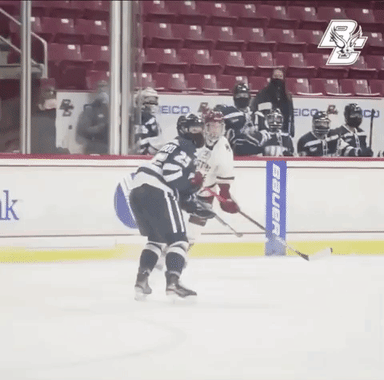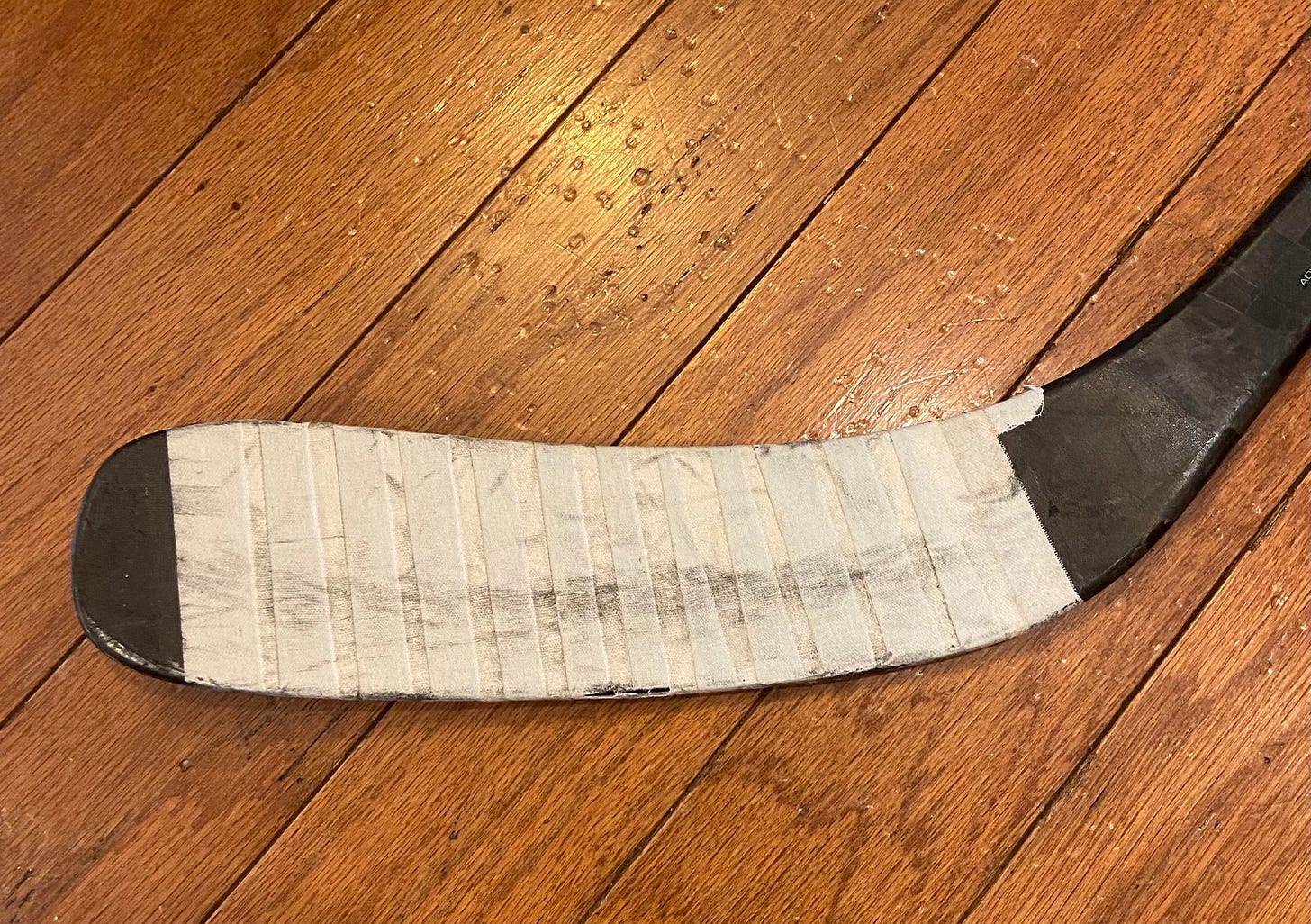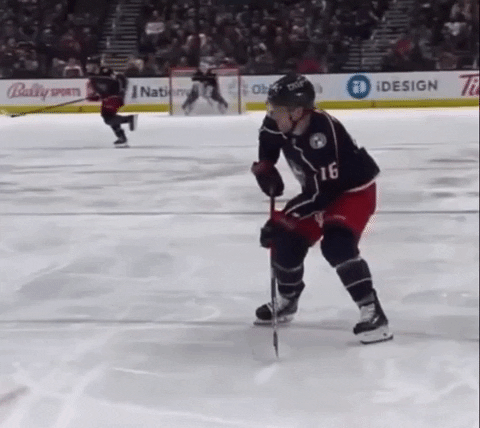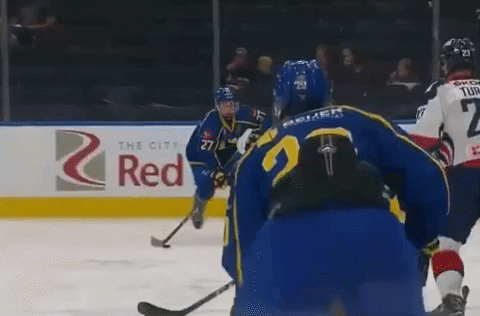After picking on the saucer pass last time, I think it’s time to come back around to one of the most used (read: overused) hockey passes.
The Saucer Pass
The saucer pass can be beautiful. The puck leaves the ice like a flying saucer, only to land perfectly flat on your teammate’s stick.
The problem is, oftentimes, the concept doesn’t match reality. So if we are going to use a saucer pass, we might as well do it well. No more wobbly, wounded duck saucer passes!
What we want is smooth, calm sauce. Like a nice red sauce that has been simmering in the pot for hours.
Common Issues
(1) Chopping/whacking at the puck
Chopping at the puck like famous lumberjack Paul Bunyan.
(2) Opening the blade too much
The stick blade doesn’t need to be wide open and facing the roof to gain air time.
Practical trick - Using white tape while practicing saucer passes is a great way to understand the path the puck takes as it travels from heel to toe.
Correct Technique
(1) We want to caress the puck and have it roll off our stick blade. Having the puck starting on the blade heel and pushing is a great technique.
(2) Rather, simply opening the blade slightly to a neutral position is a proper technique. Maybe a little bit more if you have a flat blade.
(3) A little talked about piece of a great saucer pass is finding the best pacing. Too fast or too slow cause issues and take the puck off the ideal line.
Let the stick blade’s natural curve do the work and find the feeling where the puck caresses the blade and slides off nicely.
From the side:
From head-on:
Further Reading
Digging into the top skating technique of elite skaters… linear crossovers
Increasing effectiveness by going from a reactive game to a proactive game
Did you enjoy this newsletter?
Help us spread the ideas within and share it with the people you care about





